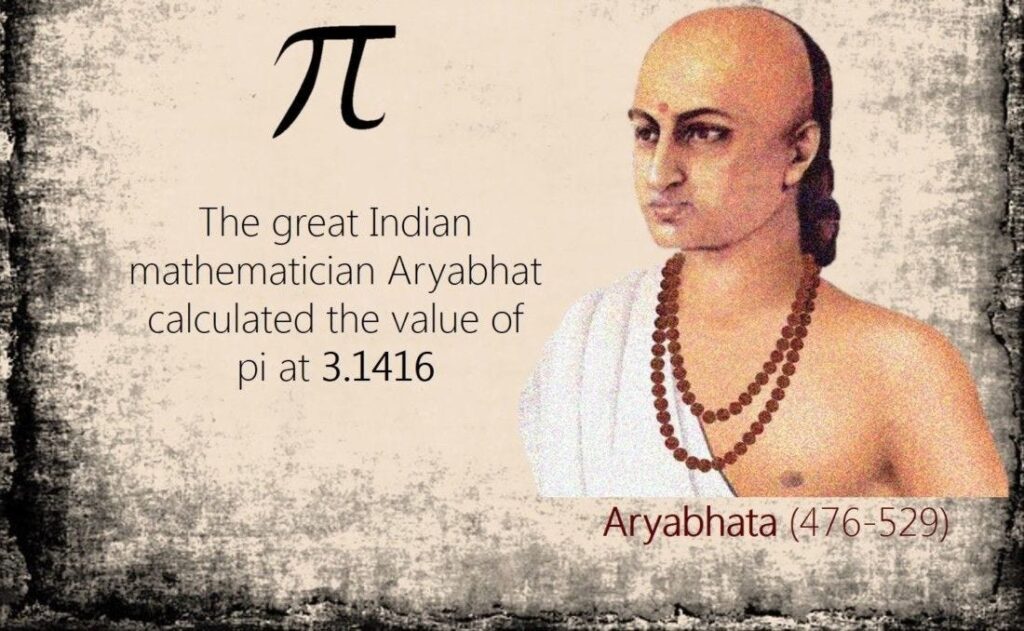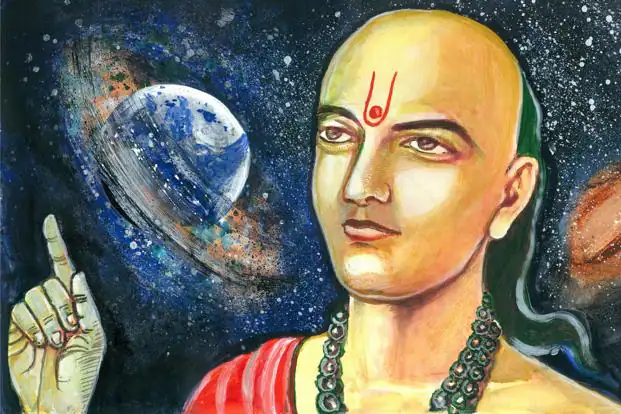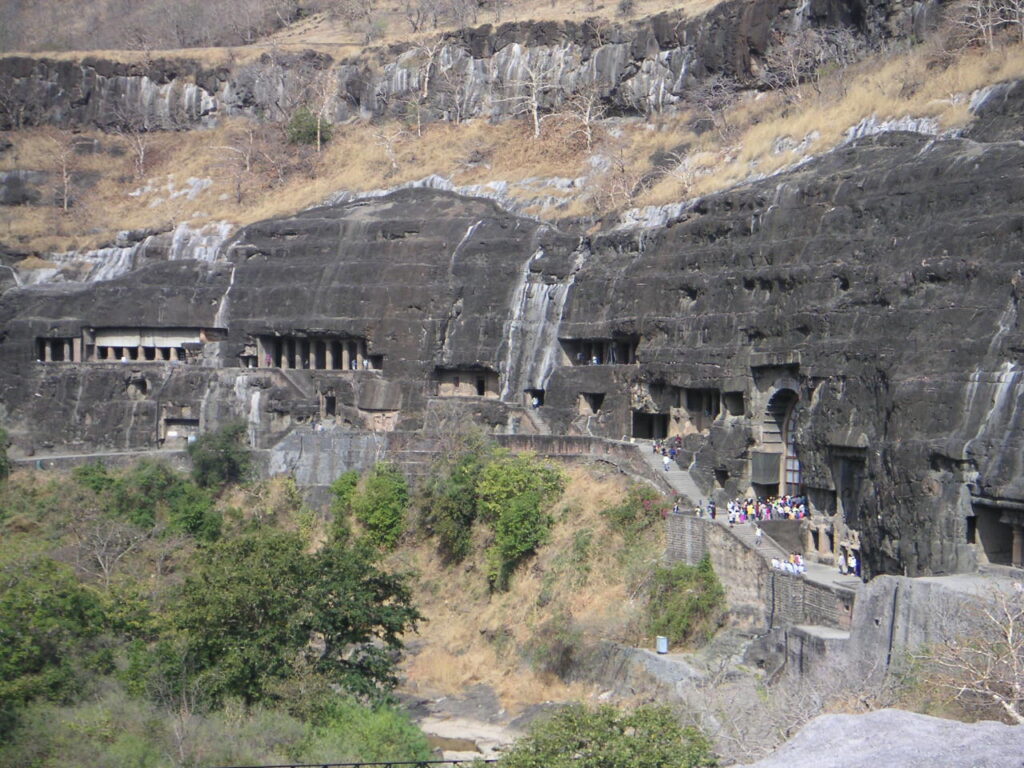Introduction: Aryabhata, an ancient Indian mathematician and astronomer, stands as a beacon of scientific advancement in the early centuries of Indian civilization. His groundbreaking work laid the foundation for many mathematical and astronomical principles that continue to influence modern science. In this essay, we will delve into the life, contributions, and legacy of Aryabhata, shedding light on his remarkable achievements.
Early Life and Education: Aryabhata was born in the late 5th century CE in the region known as Kusumapura, present-day Patna, India. Not much is known about his early life, but historical records suggest that he received his education at the University of Nalanda, one of the oldest centers of learning in the world. Here, he studied mathematics, astronomy, and other sciences under the guidance of eminent scholars of his time.

Mathematical Contributions: Aryabhata’s mathematical prowess manifested in his seminal work, the Aryabhatiya, a treatise that revolutionized the field of mathematics in ancient India. In this work, he introduced the decimal system and place value notation, laying the groundwork for modern arithmetic. Aryabhata’s use of zero as a placeholder was particularly groundbreaking, as it simplified mathematical calculations and paved the way for the development of algebra.
One of Aryabhata’s most significant mathematical contributions was his approximation of pi (π). He correctly calculated the value of pi to four decimal places, a remarkable feat considering the limited computational tools available during his time. Aryabhata’s accurate estimation of pi demonstrated his profound understanding of geometry and trigonometry, influencing subsequent mathematicians for centuries to come.
Astronomical Contributions: In addition to his mathematical achievements, Aryabhata made groundbreaking contributions to the field of astronomy. He proposed a heliocentric model of the solar system, centuries before the concept gained acceptance in the Western world. Aryabhata’s heliocentric theory posited that the Earth revolves around the Sun, challenging the prevailing geocentric model prevalent in ancient astronomy.
Aryabhata also accurately calculated the duration of a year, determining it to be approximately 365 days, 6 hours, 12 minutes, and 30 seconds. His precise calculation of the length of a year showcased his advanced understanding of celestial mechanics and planetary motion.
Legacy: Aryabhata’s legacy extends far beyond his own time, influencing generations of mathematicians and astronomers across the globe. His pioneering work laid the foundation for many mathematical and astronomical principles that continue to shape our understanding of the universe. The decimal system and place value notation introduced by Aryabhata remain fundamental concepts in mathematics today, forming the basis of arithmetic operations worldwide.
Moreover, Aryabhata’s heliocentric model of the solar system foreshadowed the revolutionary discoveries of later astronomers, such as Nicolaus Copernicus and Johannes Kepler, who further refined our understanding of planetary motion. Although Aryabhata’s heliocentric theory was met with skepticism during his time, it served as a crucial step towards the eventual acceptance of the heliocentric model in modern astronomy.
Conclusion: Aryabhata’s contributions to mathematics and astronomy are unparalleled, earning him a place of honor in the annals of scientific history. His groundbreaking work not only advanced the fields of mathematics and astronomy but also paved the way for future generations of scholars to explore the mysteries of the universe. Aryabhata’s enduring legacy serves as a testament to the power of human intellect and the boundless pursuit of knowledge across cultures and civilizations.






